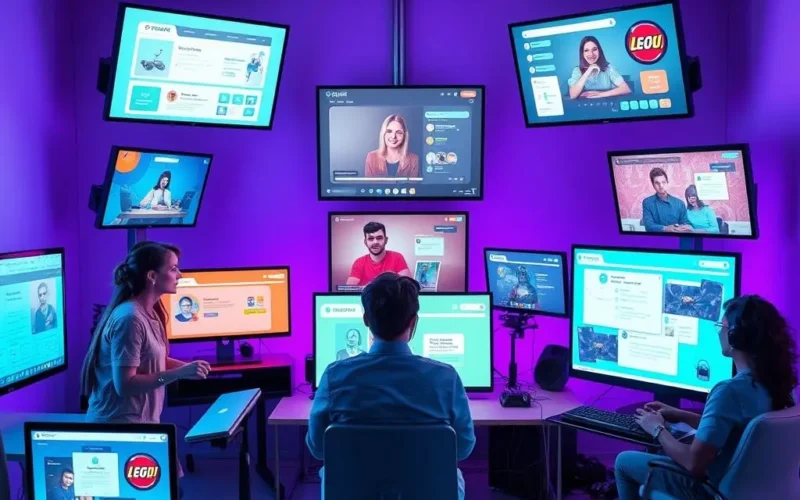Ever found yourself scrolling through endless streams of videos, posts, podcasts, or newsletters and paused for a moment to wonder, "How on earth do these individuals actually *do* this?" What you’re witnessing isn’t just casual sharing; it’s the vibrant, rapidly evolving world of the creator economy in full swing. And behind the curtain, fueling this entire phenomenon, are the very tech platforms you’re navigating right now.
These platforms have evolved far beyond simple hosting services. Think of them not just as stages, but as entire production studios, distribution networks, and town squares rolled into one. They equip creators with the essential toolkit needed to not only produce compelling content but also to pinpoint and connect with their specific audience, cultivate genuine communities around shared interests, and, crucially, translate passion and skill into a viable profession. This shift is made possible by ever-evolving monetization features integrated directly into the platforms themselves.
It’s a fascinating, sometimes chaotic, yet incredibly dynamic interplay. It’s a complex dance involving raw human creativity, the intricate logic of algorithms that shape what we see and discover, and the remarkably direct connection you, the viewer or listener, have with the person crafting something cool, informative, or entertaining.
This isn’t just a fleeting trend; it’s a fundamental re-architecture of how careers are built, how value is created, and how we find things that resonate with us online. In essence, every time you like, share, subscribe, or simply watch, your engagement fuels this innovation. You’re an active participant, part of this digital revolution!
If you think understanding the underlying mechanisms of the internet and digital culture is even a little bit interesting, you might appreciate this quick look we put together:
Table of Contents
What is this “Creator Economy” Anyway?
At its core, the creator economy is about individuals leveraging their skills, knowledge, or unique perspective to build a personal brand and business, primarily online. It’s a broad umbrella covering everyone from YouTube stars and Instagram influencers to independent journalists on Substack, podcasters, online course instructors, Twitch streamers, Etsy sellers, and even software developers building open-source tools supported by communities.
Unlike traditional media or employment models, the creator economy puts the individual artist, educator, entertainer, or expert directly in touch with their audience. Their success often hinges on building a loyal following and finding ways to deliver value consistently to that community.
More Than Just Hosting: How Platforms Become Powerhouses
Think about what a creator needs: a place to share their work, a way for people to find it, tools to interact with their audience, and methods to earn money. Tech platforms provide these capabilities at scale, democratizing access to what were once exclusive gatekeepers (like TV networks, record labels, or publishers).
They offer infrastructure (servers to host videos, articles, audio), discovery mechanisms (algorithms, search functions, recommendation engines), communication tools (comments, direct messages, community features), and increasingly, integrated monetization pathways. This comprehensive suite of services is what transforms a simple website or app into a powerful engine for creative entrepreneurship.
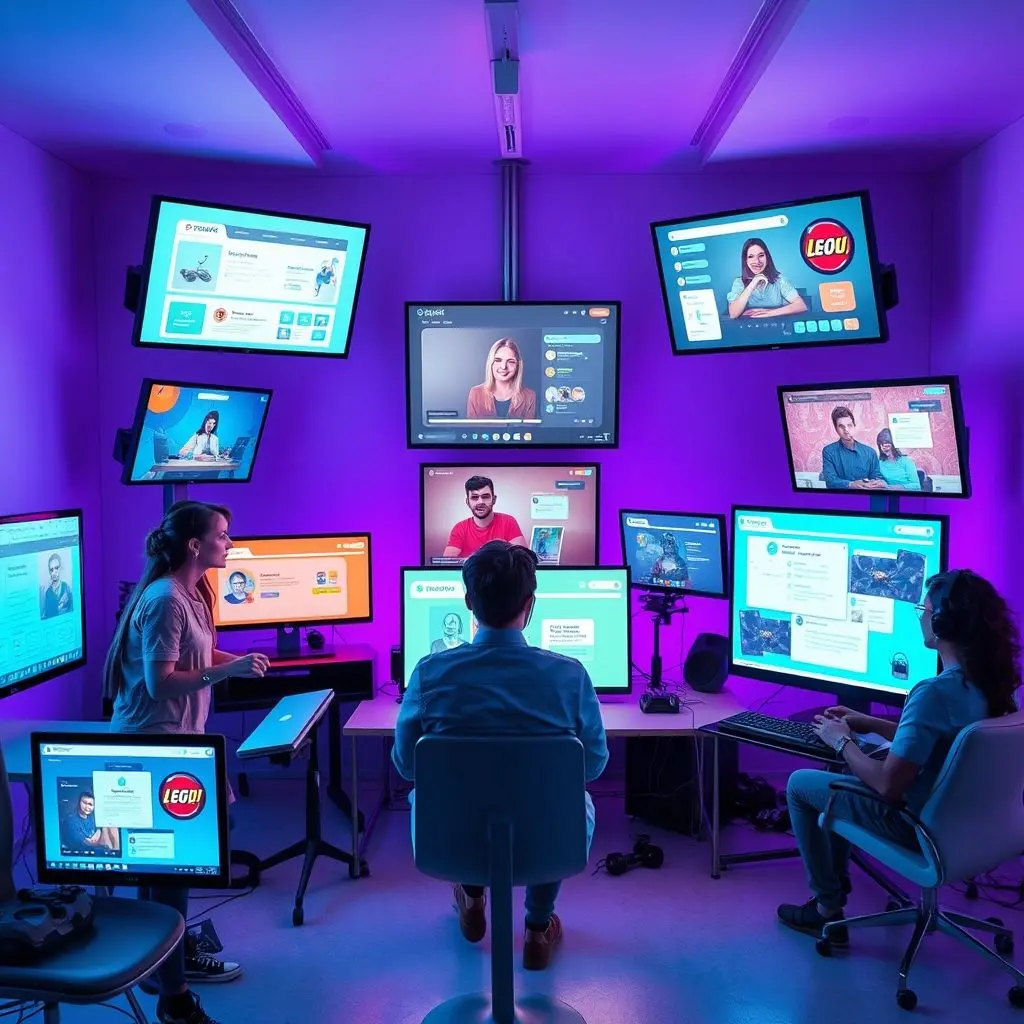
The Tech Stack for Creativity: Tools Platforms Offer
While external software is often used for production, platforms themselves provide crucial tools that streamline the creator’s workflow and enhance their ability to connect and grow:
- Publishing Interfaces: Easy-to-use dashboards for uploading, editing, scheduling, and organizing content.
- Analytics: Detailed data on audience demographics, viewing habits, engagement rates, and traffic sources, allowing creators to understand their impact and refine their strategy.
- Community Management Tools: Features for moderating comments, setting up memberships, hosting Q&As, or creating dedicated community spaces.
- SEO & Discovery Features: Options to optimize content titles, descriptions, tags, and categories to improve visibility within the platform and on external search engines.
- Editing & Enhancement: Basic built-in editors for video, audio, or images, and features like filters, effects, or templates.
Finding Your Tribe: Community Building Features
A defining characteristic of the creator economy is the emphasis on community. Platforms facilitate this through:
- Comments & Replies: The most basic form of interaction, allowing direct feedback and conversation.
- Livestreams & Chats: Real-time engagement that builds a strong sense of connection and participation.
- Membership Tiers: Platforms like Patreon, YouTube Memberships, or Substack Notes allow creators to offer exclusive content or access to dedicated community spaces for paying members.
- Forums & Groups: Dedicated areas within platforms (or linked externally) where the audience can interact with each other, fostering a stronger sense of belonging.
Making It Pay: The Evolution of Monetization
This is perhaps where tech platforms have had the most transformative impact. They provide multiple avenues for creators to earn a living:
- Advertising Revenue Sharing: The classic model, where platforms like YouTube or Facebook share ad revenue generated from views on a creator’s content.
- Subscriptions & Memberships: Platforms like Patreon, Substack, YouTube, or Twitch enable recurring payments for exclusive content or community access.
- Direct Donations & Tips: Features like Twitch bits, YouTube Super Chat, or Kofi integration allow audiences to give one-off support.
- Affiliate Marketing: While not platform-specific, platforms provide the space for creators to share affiliate links, earning commission on sales.
- Sponsorships & Brand Deals: Platforms facilitate visibility that attracts brands looking to reach specific audiences, leading to paid collaborations.
- Digital Product Sales: Some platforms integrate marketplaces or link easily to external shops where creators can sell merchandise, digital assets, or courses.
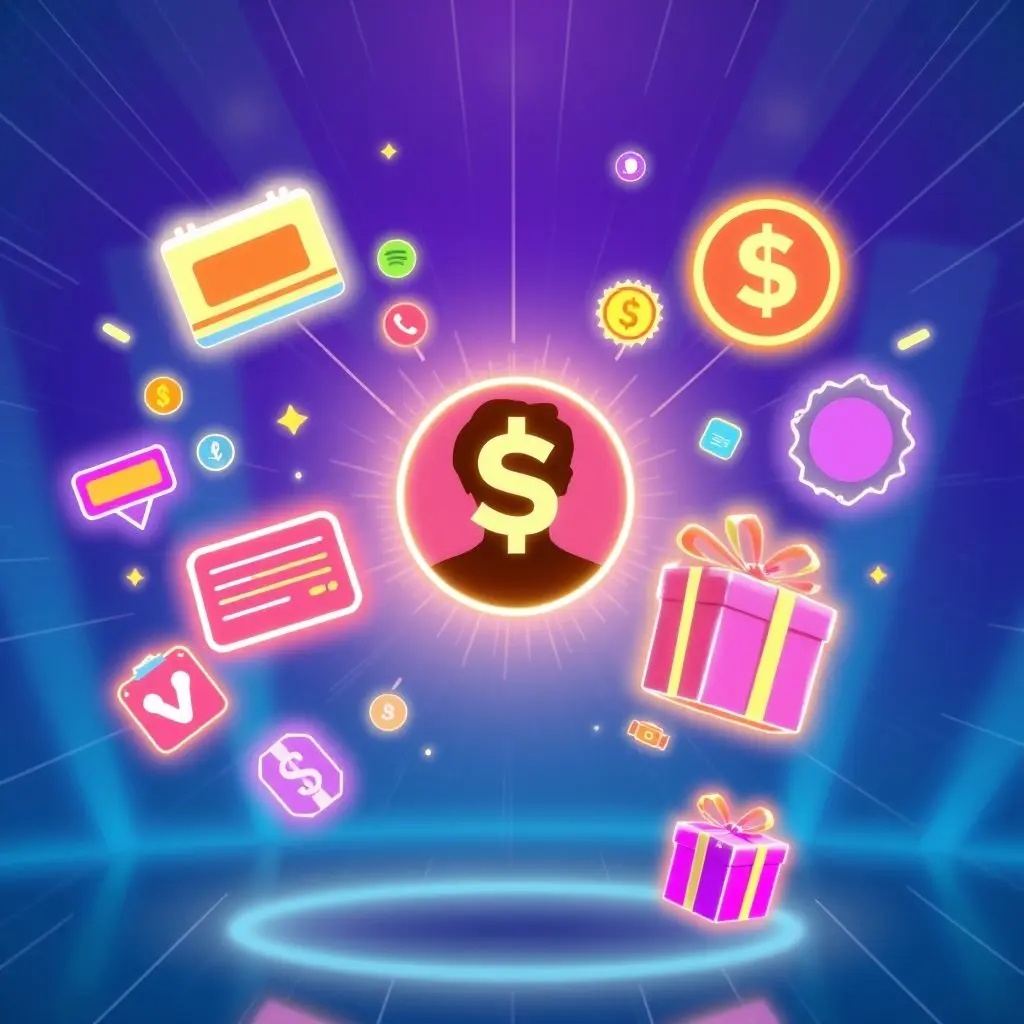
The Algorithmic Compass: Navigating Discovery
Algorithms are the engines that drive discovery on most major platforms. They analyze user behavior (what you watch, like, share, search for) and content metadata (topics, keywords, engagement signals) to recommend content they think you’ll enjoy, keeping you on the platform longer. For creators, understanding and working with these algorithms is crucial for reaching new audiences.
While sometimes seen as a mysterious force, algorithms are designed to prioritize content that resonates with users. Creators often adapt their content format, length, and style based on algorithmic trends, creating a dynamic feedback loop between platform, creator, and audience.
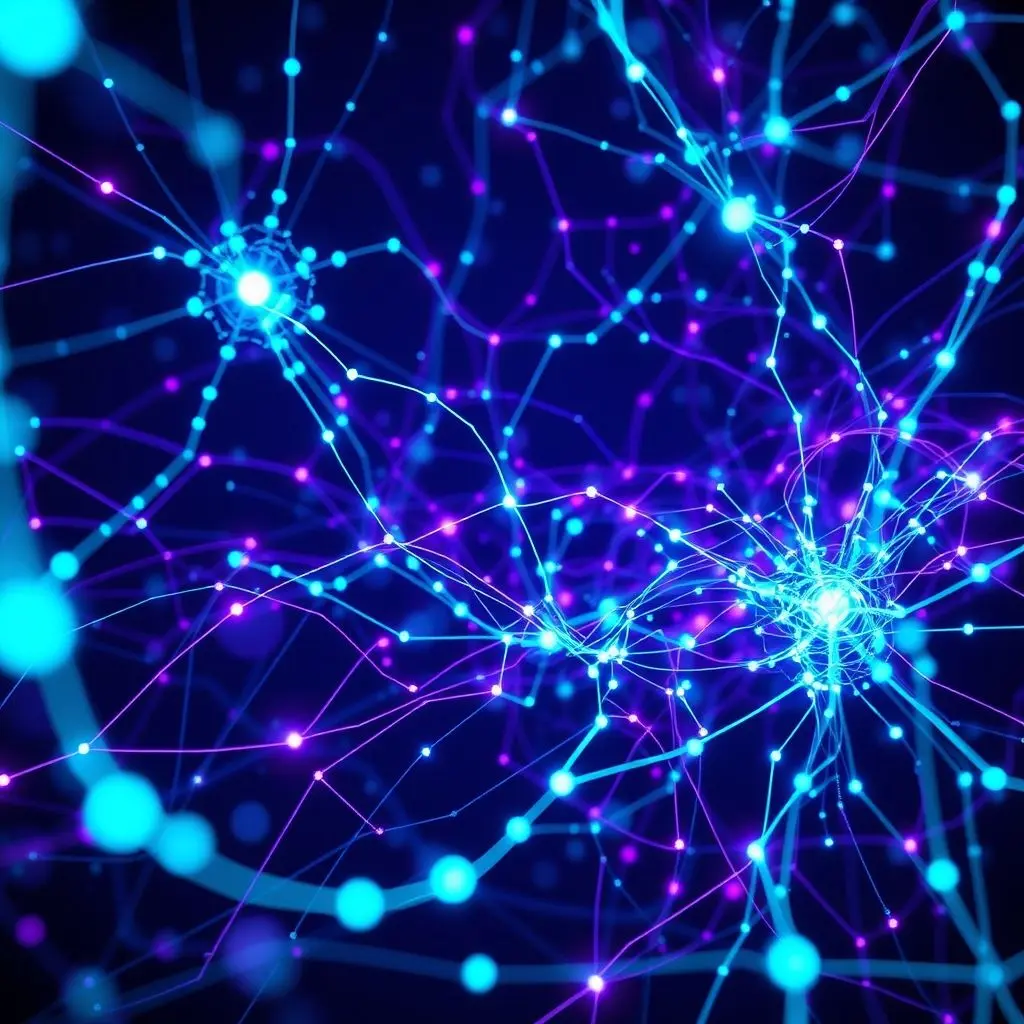
Types of Digital Stages: From Social Feeds to Subscription Services
The creator economy thrives across a diverse landscape of platforms, each with its own strengths:
- Video Platforms (YouTube, TikTok, Instagram Reels): Dominated by visual content, ideal for vlogs, tutorials, entertainment, and short-form viral content.
- Social Media Platforms (Instagram, X, Facebook): Best for building a broad brand presence, sharing updates, and fostering direct interactions.
- Audio Platforms (Spotify, Apple Podcasts, Anchor): The home for podcasts, audio dramas, and spoken-word content.
- Writing Platforms (Substack, Medium): Cater to long-form articles, newsletters, and independent journalism.
- Live Streaming Platforms (Twitch, YouTube Live): Focused on real-time interaction, popular for gaming, coding, and community hangouts.
- Membership Platforms (Patreon, Buy Me A Coffee): Designed specifically for recurring fan support and exclusive content.
- Marketplaces (Etsy, Gumroad): For creators selling physical goods, digital products, or creative assets.
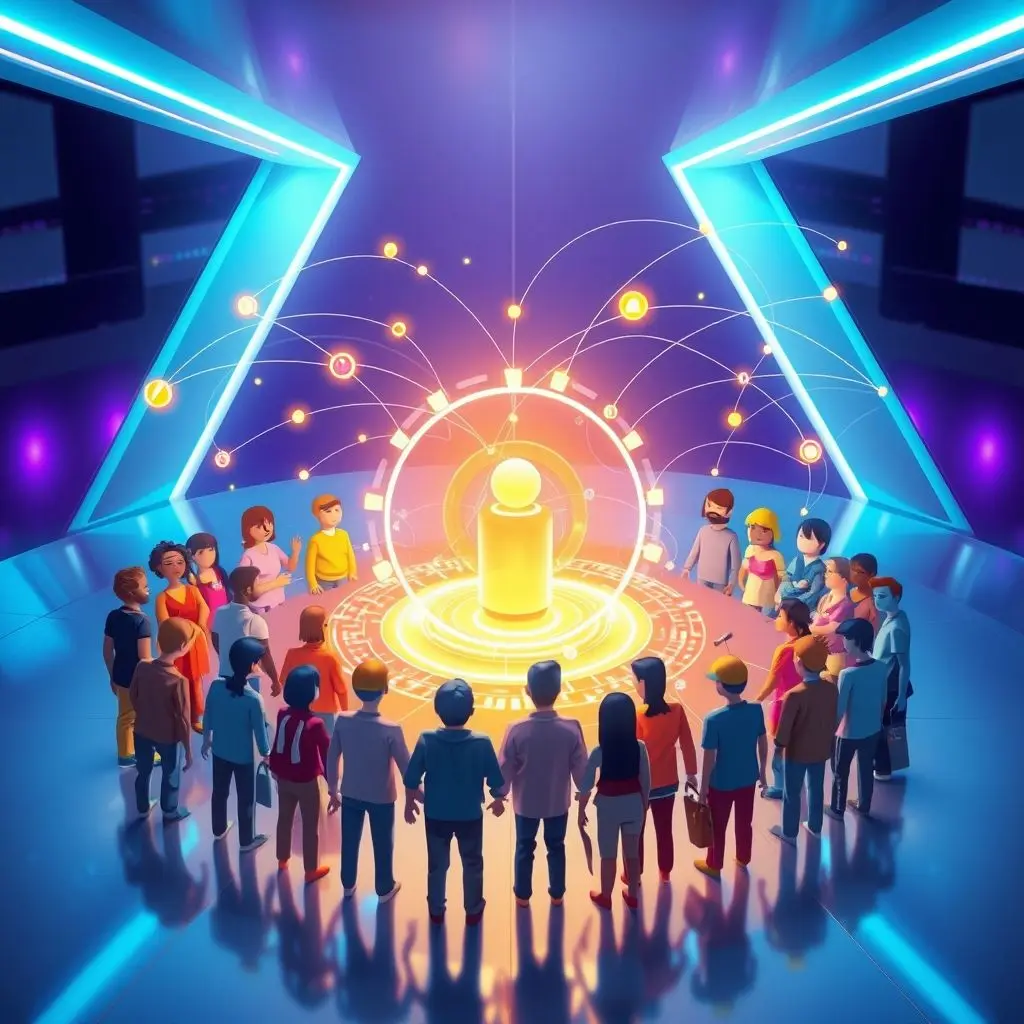
The Tightrope Walk: Challenges and Building Resilience
Despite the opportunities, challenges exist. Creators often face:
- Algorithm Dependence: Sudden changes can drastically impact reach and income.
- Platform Policies: Changes in terms of service, monetization rules, or content guidelines can pose risks.
- Competition: The low barrier to entry means a crowded space.
- Burnout: The constant demand for new content and engagement can be exhausting.
Savvy creators mitigate these risks by diversifying their income streams (not relying on just one platform’s ads), building direct connections with their audience off-platform (like email lists), and understanding that platforms are tools, not necessarily permanent homes.
Looking Ahead: What’s Next for Creators and Platforms?
The relationship between creators and platforms is constantly evolving. We’re seeing trends towards more direct creator-to-fan monetization, greater emphasis on community features, integration of emerging tech like AI (for content analysis or creation tools) and web3 (for new ownership and monetization models), and potentially a push for more creator control over their data and audience relationships.
FAQs
What is the creator economy?
The creator economy refers to individuals who use platforms and technology to earn a living from their skills, passions, or expertise by creating and distributing content online to a community.
How do tech platforms enable the creator economy?
Platforms provide the infrastructure, tools, discovery mechanisms, community features, and monetization options necessary for individuals to create content, reach an audience, build community, and earn income online.
What are common ways creators make money on platforms?
Common methods include advertising revenue sharing, subscriptions/memberships, direct donations, sponsorships, affiliate marketing, and selling digital or physical products.
Are algorithms good or bad for creators?
Algorithms are complex. They can be powerful tools for discovery, helping creators reach new audiences. However, changes to algorithms can also negatively impact a creator’s reach, making platform dependence a challenge.
Can anyone join the creator economy?
Yes, the barrier to entry is relatively low, requiring access to technology and a platform. Success, however, depends on creating valuable content, building an audience, engaging with a community, and adapting to the digital landscape.
Beyond the Scroll
So, the next time you’re lost in a scroll, take a moment to appreciate the intricate ecosystem you’re participating in. You’re not just consuming; you’re part of the engine driving a massive economic and cultural shift. The creators bring the vision and talent, the platforms provide the infrastructure and reach, and your attention and engagement make it all viable. It’s a powerful partnership shaping the future of work, community, and how we interact with the digital world.
